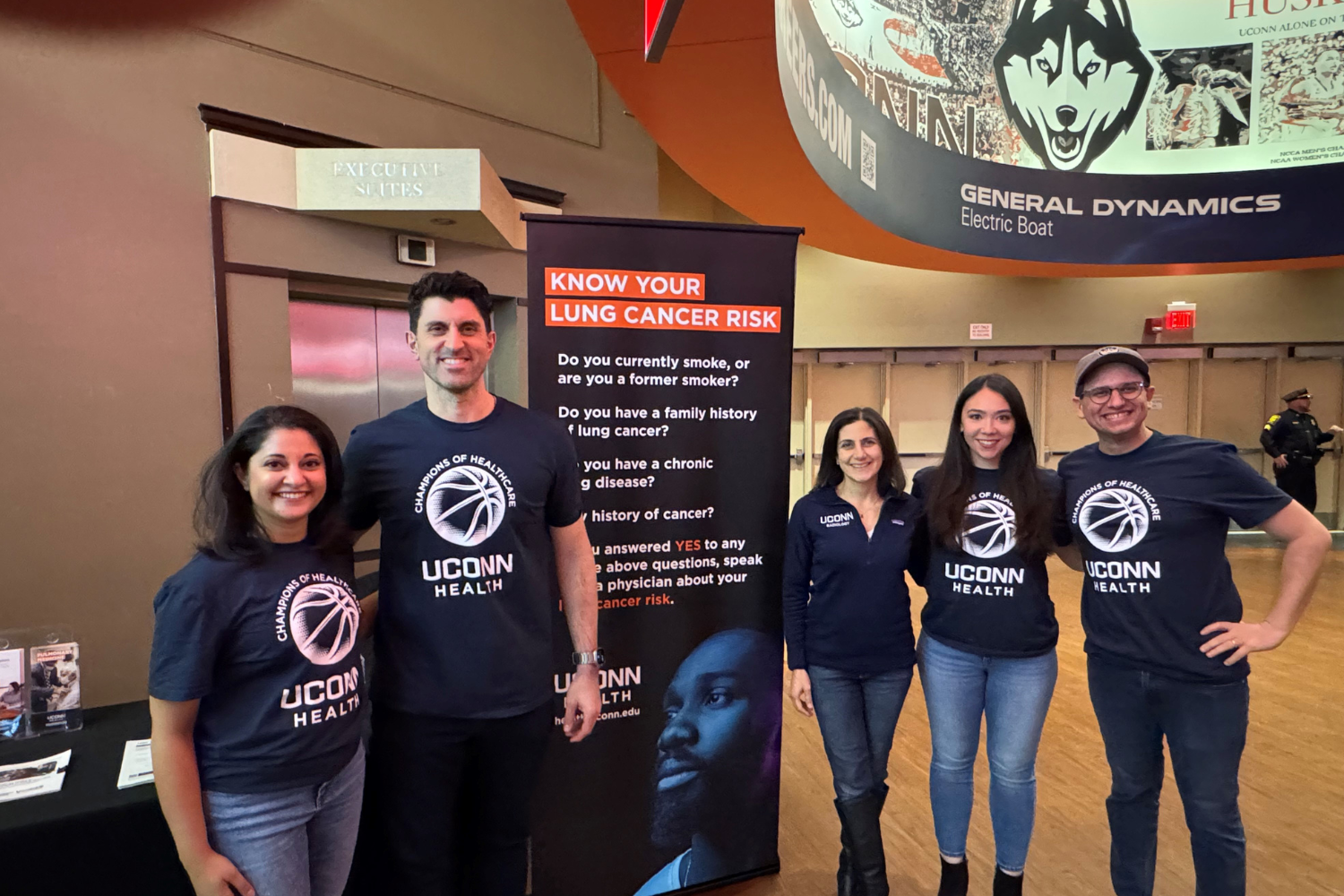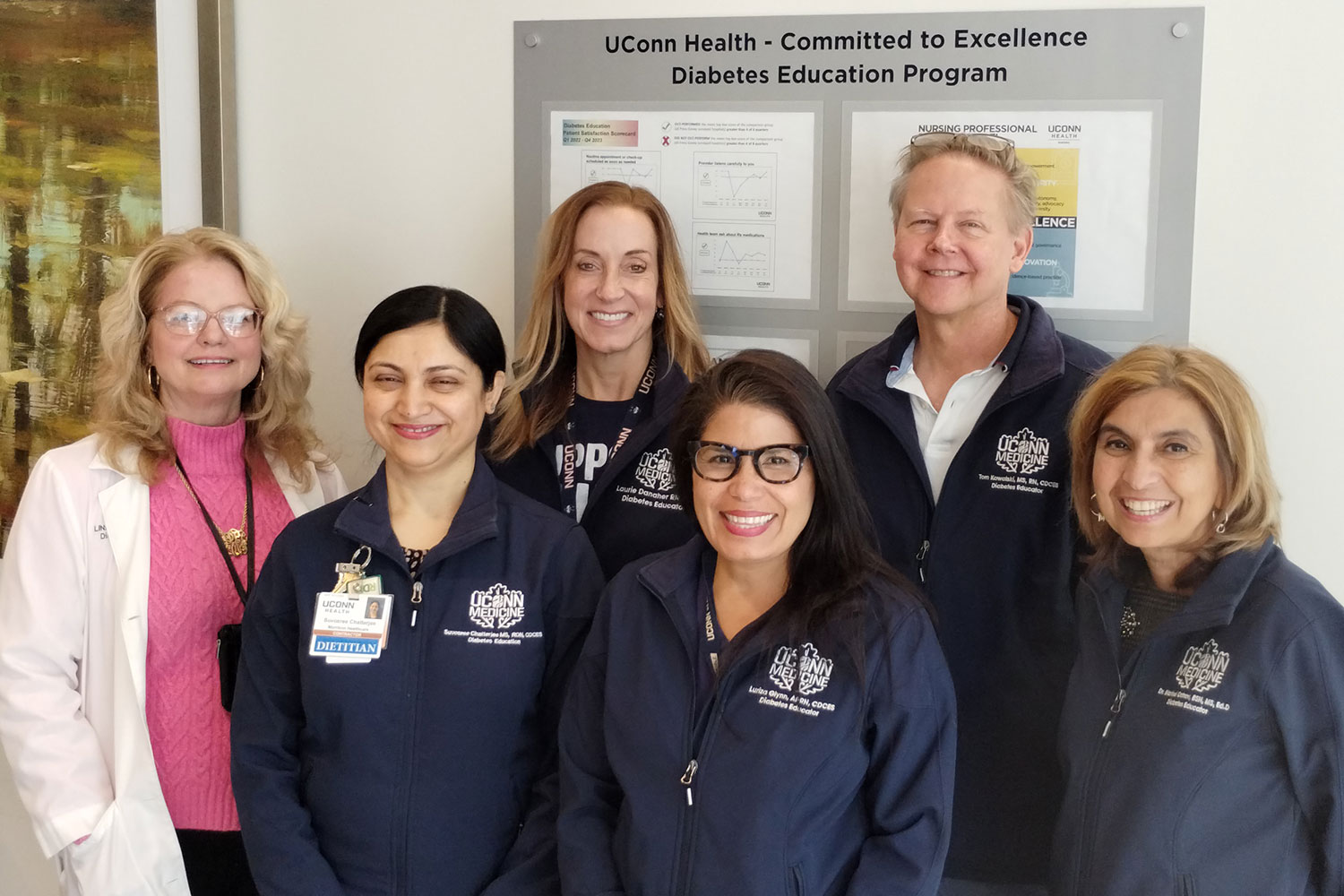Professor Lurie Discovers Visual Technologies Foster Persuasion, Agreement among Virtual Teams
In a business climate where colleagues may never share office space or even meet face-to-face, Marketing Professor Nicholas Lurie has found that more visual information technologies can help virtual teams build consensus under tight deadlines.
By studying the work habits of a team of environmental experts tasked with making smog-alert predictions, Lurie and his colleagues found that visual representation technologies (VRTs) are far superior to non-visual tools, such as statistical models and numerical summaries, when it comes to uniting teams and fostering agreement.

Their research breaks new ground in the study of persuasion among team members who are based in different locations. The research, titled “Using Technology to Persuade: Visual Representation Technologies and Consensus Seeking in Virtual Teams” is forthcoming in the journal Information Systems Research.
“Businesses are relying more and more on far-flung virtual teams to come up with solutions to company challenges,” Lurie said. “Although this allows companies to bring together multiple perspectives, communicating and reaching consensus in virtual settings can be very challenging, especially when important decisions need to be made under time pressure.”
Gleaning Insight through Smog Predictions
For their research, Lurie and his colleagues investigated a virtual team that included 10 research scientists, some from a major university and others from Georgia’s Environmental Protection Division. Their task was to predict air quality in metro Atlanta, and decide whether to call a smog alert for the next day. Air-quality forecasting is difficult due to the unpredictability of the weather and the health and economics costs of making an incorrect prediction, Lurie said.
The researchers examined the experts’ daily chat-room discussions during the spring and summer of 2006, 2007, and 2008. The smog experts were required to input their initial forecast prior to viewing the opinion of others, and the website then computed the average recommendation.
During the discussion phase, team members defended or clarified their predictions using dozens of information technologies. Lurie and his colleagues were able to classify the data tools, based on their visual intensity. VRTs are technologies that select, transform, and present data in a rich visual format. Examples of VRTs might include Google Motion Charts, contour weather maps, water vapor imagery and cloud-cover imagery.
Next, the team had to reach a consensus within an hour, so that smog alerts, if issued, could be shared with the media. Their decisions impacted some 5 million people living in the area.
Reaching consensus in virtual weather forecasting, or any industry, may be difficult, as team members cannot leverage the richness of face-to-face interactions to overcome differences in opinion, Lurie said.
Findings May Aid Doctors, Other Experts
Until now, little was known about the role of different types of technologies in changing team-member attitudes, and seeking consensus, and making decisions in virtual settings. While the researchers found that more visual technology can enhance consensus and persuasion, in the smog-alert case, the team’s predictions were no more accurate when using more visual technologies, Lurie noted.
He and his colleagues, Professor Chi-Hung Peng of City University of Hong Kong and the late Professor Sandra Slaughter of Georgia Tech, discovered that VRTs proved more helpful when initial team consensus was low; and were less important when there was widespread agreement.
Their findings add to research on virtual teams by showing that technology choice can affect persuasion and that visualization and imagery are important elements of persuasive technologies. Visual information is more vivid and requires fewer cognitive resources to process than non-visual information, Lurie noted. That may contribute to a team’s ability to agree when team members present evidence to one another in team discussions.
Another variable impacting virtual team decisions is the exactingness, or the consequences, of making small errors of judgement, Lurie said. When exactingness is high, the consequences of making an error are large. Under these conditions, the need to resolve differences in opinion increases, because team members share the “pain” of making a bad decision.
Weather-forecasting teams, for instance, are more likely to over-predict than under-predict severe weather because their primary responsibility is public safety, he said.
“These findings are most relevant for situations in which team members are trying to convince one another to change their minds,” Lurie said. “Another good example might be medical teams that are trying to determine the best treatment for a patient. Our research suggests that, all else being equal, referring colleagues to an imaging study may be more persuasive than referring to numerical tests.”
Findings Are both Powerful and Problematic
“Our findings are important because they identify an overlooked role for technologies, which have traditionally been thought of as diagnostic tools, and highlight the persuasive role of these technologies,” Lurie said.
“This study has the potential to offer important managerial implications,” he continued. “Even technologies that are not explicitly designed for team communication or information processing may help teams reach decisions in exacting conditions.
“The idea that team members can influence one another by referencing information technologies, and that some technologies are associated with more persuasion than others, is powerful—and problematic,” Lurie said.
“VRT use is associated with imagery processing and imagery processing is associated with fast decisions,” he said. “And while that is extremely helpful in some circumstances, overuse of visual technologies may have negative consequences on the quality of team decisions.”



